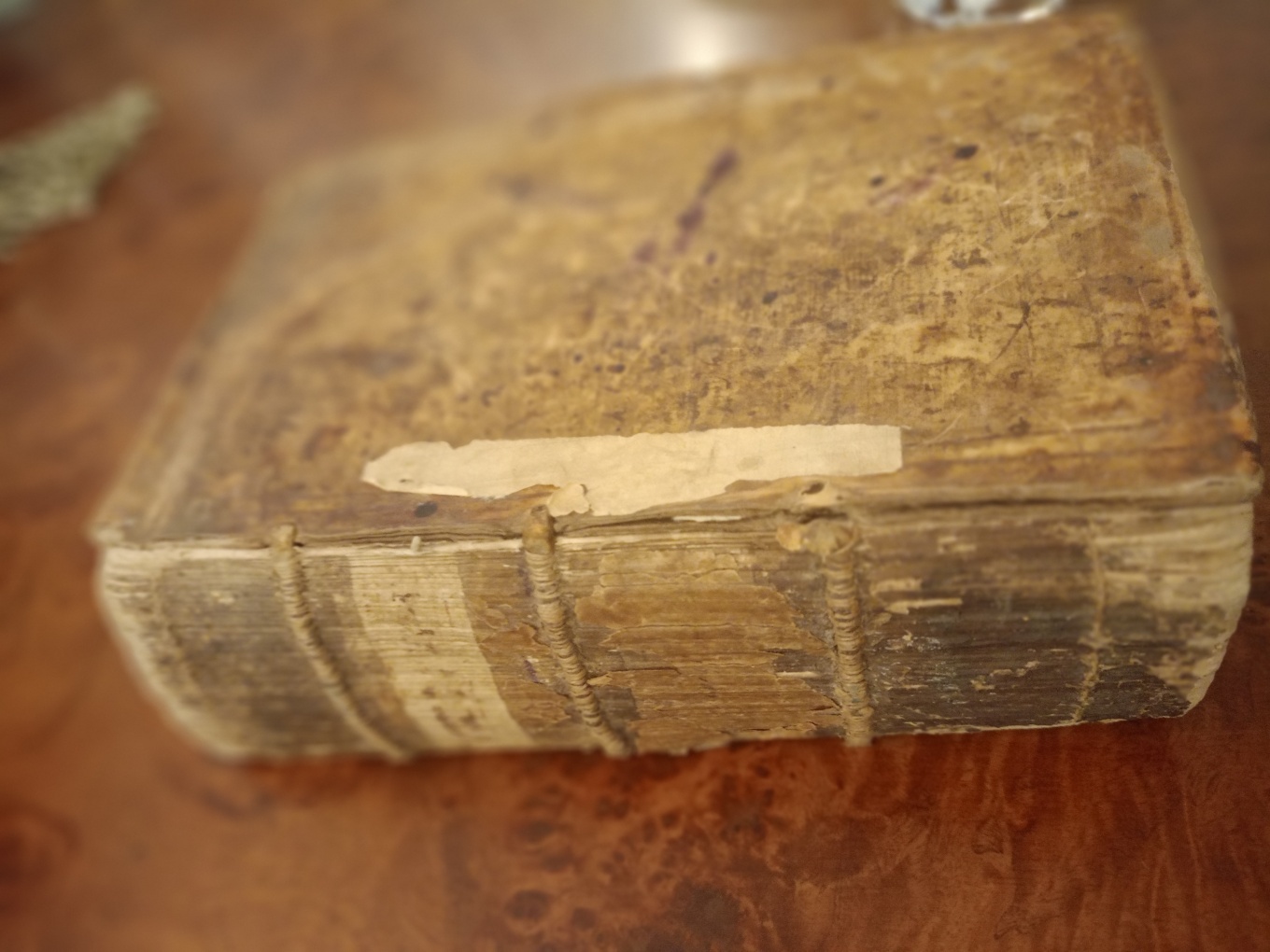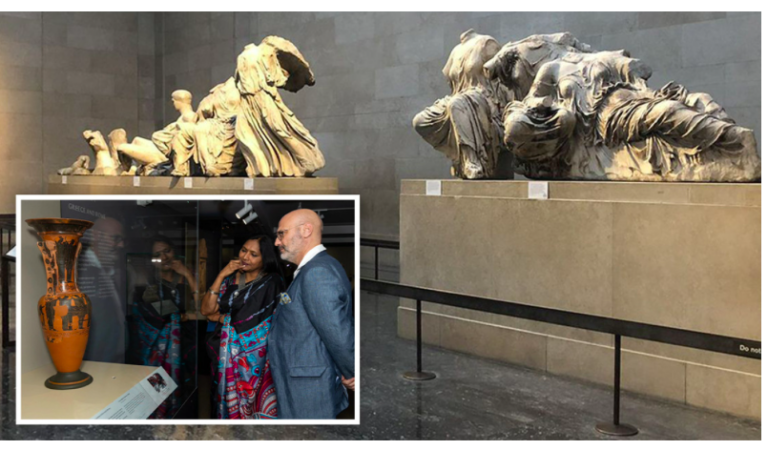A rare 500-year-old “New Testament” was discovered during the cleaning of a storage room in Elassona
According to statements made by Thanasis Paidis to ERT Larissa, the “New Testament” dates back to 1565 and was written by Théodore de Bèze, a student of John Calvin.
To verify the book’s authenticity, Paidis consulted Richard Bousson, a professor at the University of Lyon and a Byzantine scholar, who confirmed through photographs that the book was indeed published in Geneva in 1565. This version of the New Testament is a trilingual analysis, containing Greek, Latin, and French, authored by the prominent theologian of the time, Théodore de Bèze.

Théodore de Bèze was a French Calvinist Protestant theologian, reformer, and scholar who played a significant role in the Protestant Reformation. He was a student of John Calvin and spent most of his life in Geneva, succeeding Calvin as the spiritual leader of the Protestants. In 1565, de Bèze published an edition of the Greek New Testament, accompanied by the text of the Vulgate and his own translation in parallel columns, enriched with extensive annotations.
While preparing this edition of the Greek text, particularly for the second edition released in 1582, de Bèze likely benefited from two valuable manuscripts: the Codex Bezae (or Cantabrigensis), which he later presented to the University of Cambridge, where it remains in their library, and the Codex Claromontanus, which he found in Clermont and is now housed in the National Library of France in Paris.
Mr. Paidis has also contacted Ms. St. Sdrolia, head of the Larissa Antiquities Ephorate, to ensure the book’s preservation and proper utilization. However, it remains a mystery how the book made its way from Geneva to Elassona.
Ask me anything
Explore related questions





